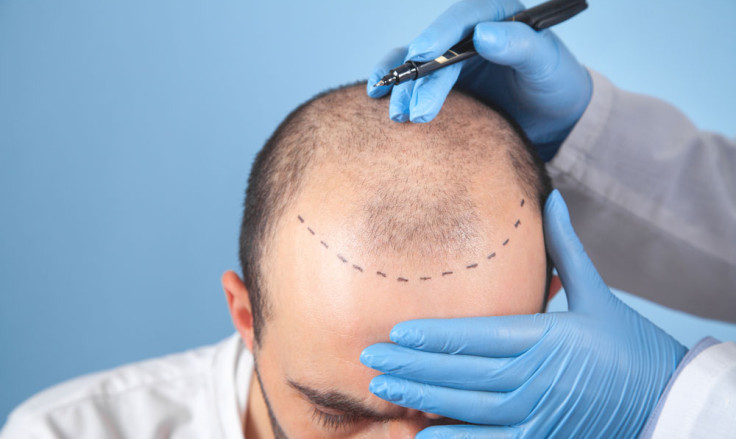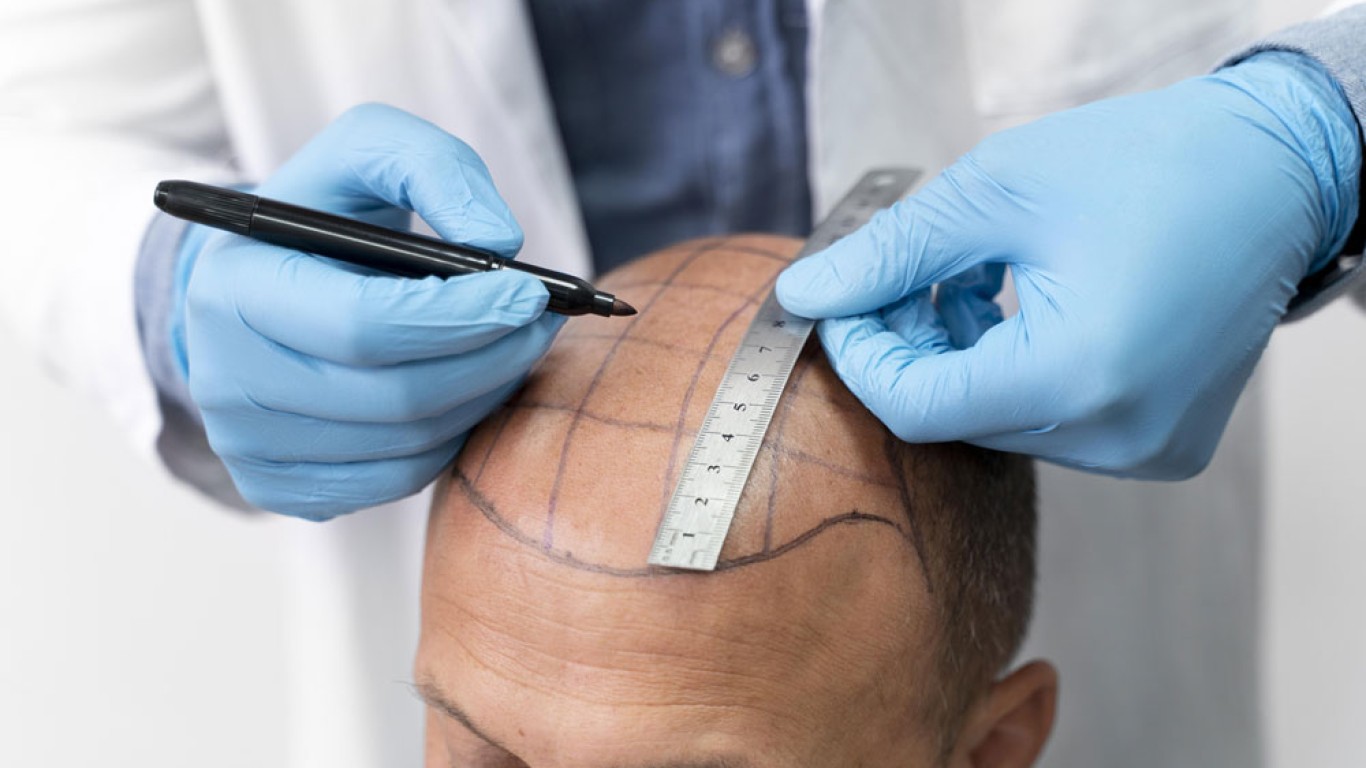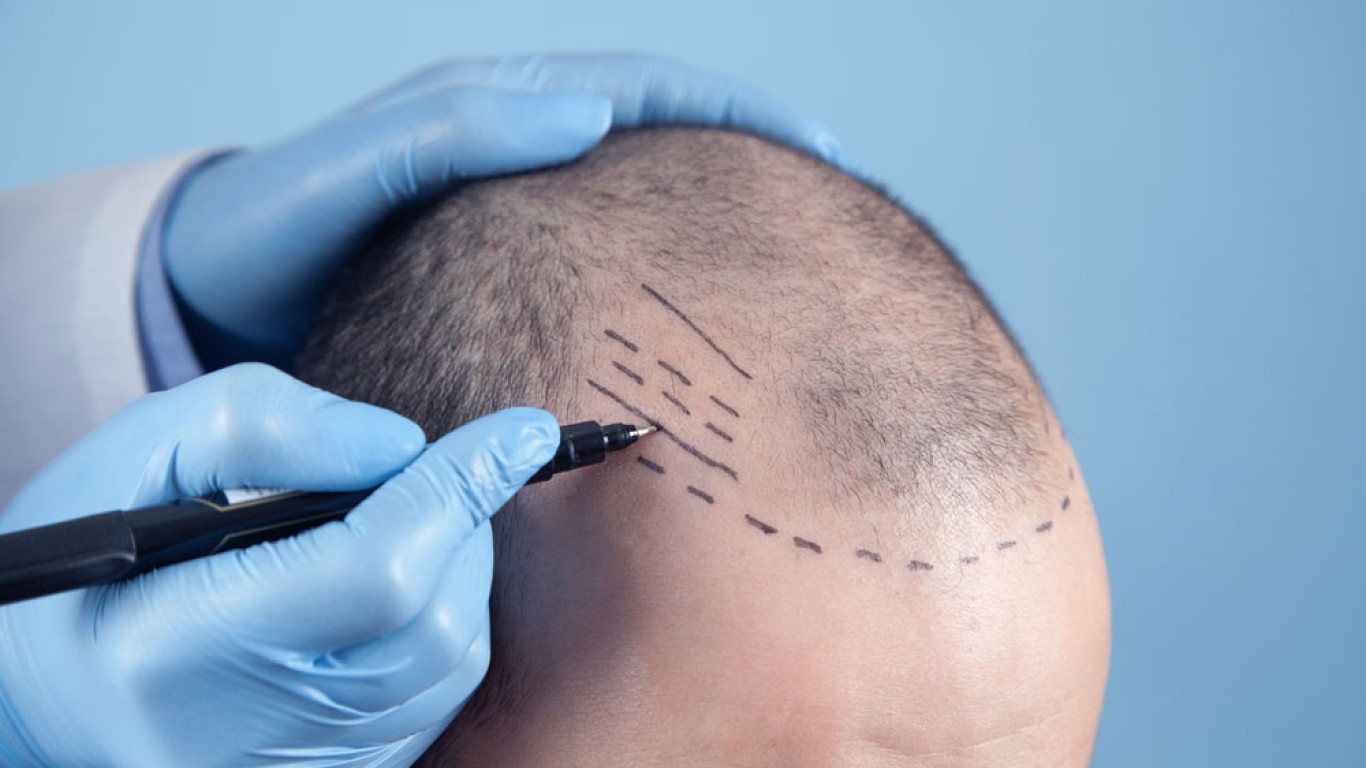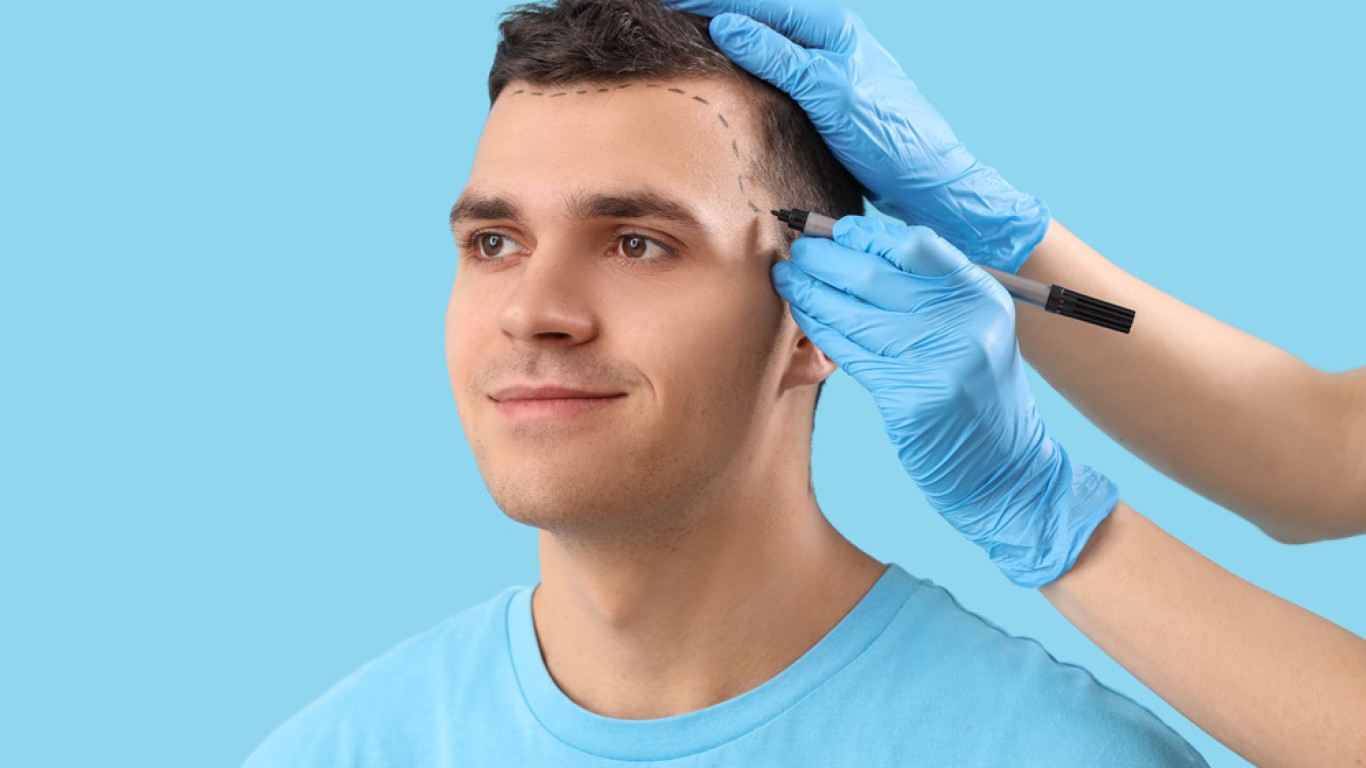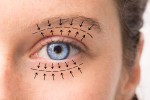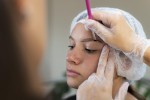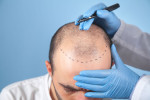Introduction
Hair transplant surgery is a popular solution for restoring hair growth and confidence. However, understanding the recovery timeline is essential for setting realistic expectations. Hair transplant recovery happens in stages, with different milestones to track along the way. This article breaks down each phase of recovery, what to expect, and how to care for your scalp effectively. With the right knowledge and care, you’ll achieve long-lasting results.
Immediate Recovery: First 72 Hours
The initial phase begins right after your procedure. In the first 72 hours, rest is crucial. The transplanted area may feel sore, swollen, or slightly tender. You’ll likely receive medication for pain and inflammation.
Additionally, it’s important to avoid touching or scratching the area. During this period, small scabs begin forming. These protect the new grafts as they settle into place. Sleeping with your head elevated also helps reduce swelling.
Days 4–7: Gentle Care and Early Healing
By day four, most patients feel less discomfort. During this time, your surgeon may advise you to start gently washing your scalp. Use lukewarm water and a mild shampoo. Pour the water gently and avoid rubbing.
Scabs begin to dry out and fall off naturally during this stage. Additionally, slight itching is common. However, scratching must be avoided to prevent graft loss or infection.
Physical activity should remain limited. Avoid heavy lifting, running, or bending over. These activities may increase blood flow and disrupt healing.
Week 2: Visible Healing and Reduced Swelling
At the two-week mark, swelling typically disappears. Redness and scabbing also reduce significantly. Most patients feel comfortable returning to work, especially in non-physical roles.
Although healing is progressing, it’s still important to follow aftercare instructions closely. Continue using mild shampoo and avoid direct sun exposure. Additionally, avoid hair styling products and treatments during this time.
Weeks 3–4: Hair Shedding Phase
Surprisingly, many patients notice shedding around week three. This phase is called “shock loss” and is completely normal. Transplanted hairs enter a resting phase before growing new strands.
Although this can feel concerning, it’s a positive sign of progress. The hair follicles remain intact beneath the skin. New growth typically begins after two to three months.
It’s also safe to resume light exercise at this stage. However, continue avoiding swimming, saunas, and intense heat.

Month 2–3: New Growth Begins
Hair transplant recovery enters an exciting stage around months two and three. New hairs begin to emerge from the follicles. Initially, they may appear fine, colourless, or uneven in texture.
Additionally, the scalp may still be slightly sensitive. Therefore, continue gentle handling and follow your clinic’s advice regarding haircare routines.
This period is also ideal for resuming regular physical activity. Walking, stretching, and moderate workouts are encouraged.
Month 4–6: Noticeable Improvement
By month four, new hairs start thickening. Growth becomes more noticeable and consistent across the treated areas. Any lingering redness or irritation usually fades by this time.
You can now begin using regular shampoo and conditioners. However, avoid harsh chemicals, excessive heat styling, or aggressive brushing.
Moreover, nutrition plays a significant role in this stage. A diet rich in protein, iron, and biotin supports faster, healthier growth.
Month 6–9: Full Growth Cycle in Progress
Hair transplant recovery accelerates further during this period. Most patients notice fuller coverage and improved density.
Although some hairs may still grow at different rates, overall progress is strong. Regular trimming helps keep new hair looking neat. Additionally, your surgeon may recommend topical treatments like minoxidil to enhance growth.
Continue protecting your scalp from sun exposure. Wear a hat or use SPF products when outdoors.
Month 9–12: Final Results Develop
Between months nine and twelve, most patients achieve their final look. The transplanted area now blends naturally with surrounding hair. Texture, thickness, and growth patterns normalise.
At this point, you can resume all normal haircare routines. Hair dye, heat styling, and product use are typically safe. Always consult your clinic before making any major changes.
It’s also a good time to schedule a follow-up consultation. Your surgeon can assess your progress and provide guidance on maintaining results.
Maintaining Results After Recovery
Even after recovery, maintaining healthy hair habits is important. Regular washing, balanced nutrition, and hydration support long-term follicle health. Additionally, consider scalp massages to boost blood flow and strengthen roots.
Avoiding smoking and limiting alcohol also benefits hair health. These habits improve circulation and help maintain transplant success.
Some patients may benefit from long-term treatments such as low-level laser therapy or prescription medication. Always consult your doctor before beginning any new regimen.
Factors That Affect Hair Transplant Recovery
Recovery times can vary based on individual factors. These include:
- Your age and general health
- The number of grafts transplanted
- The skill and technique used by the surgeon
- How closely you follow aftercare instructions
Staying committed to aftercare and lifestyle changes plays a vital role in achieving the best results.
What to Avoid During Recovery
Certain activities can interfere with healing:
- Avoid swimming pools for at least one month
- Skip hats or helmets until cleared by your surgeon
- Refrain from using hair products during the first three weeks
- Do not sleep on your stomach or sides during the first week
Following these rules reduces risk and supports safe, timely healing.
Conclusion
Hair transplant recovery is a gradual process with clear, achievable milestones. From the first week through to month twelve, each stage plays a crucial role in long-term success. Proper care, patience, and consistent follow-ups ensure strong, natural-looking results. By understanding the recovery timeline, you can confidently navigate your journey toward fuller, healthier hair.
For more information on hair transplants and to book a consultation visit the ACIBADEM Beauty Center hair transplant webpage.
Frequently Asked Questions
Most patients notice new growth around the third month after their procedure.
Yes, shedding is part of the normal recovery cycle. New hair replaces the lost strands soon after.
Avoid heavy exercise for 10–14 days. Light walking can resume after the first week.
Gentle washing is usually allowed after 48–72 hours. Follow your clinic’s specific instructions.
Yes, transplanted hair is permanent. However, good maintenance and care are essential for best results.
